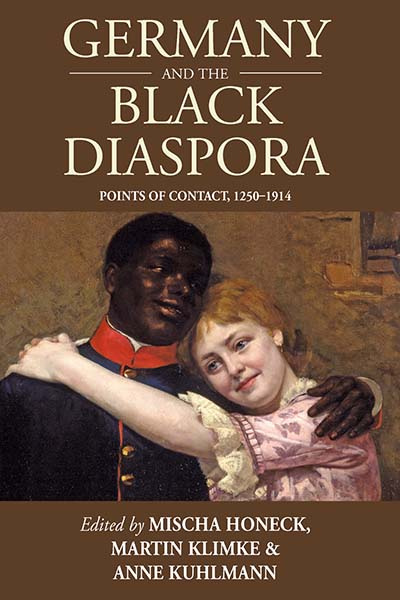Anglo-Indians: Is their culture dying out?
BBC News Magazine
2013-01-03
Kris Griffiths
A product of the British Empire, with a mixture of Western and Indian names, customs and complexions, 2,000 Anglo-Indians are to attend a reunion in Calcutta. But their communities in both the UK and the subcontinent are disappearing, writes Anglo-Indian Kris Griffiths.
Southall in west London is home to Britain’s first pub accepting rupees, railway station signs in English and Punjabi, and main thoroughfares alive all year with street food stalls, colourful saris and Bhangra music.
It’s my hometown, where I spent my first 20 years among the country’s most concentrated population of Indians, but as one of the minority 10% white British inhabitants. Indeed, I was the only white person on my avenue in the years before I left.
My mother is Anglo-Indian, raised in Jamshedpur, near Calcutta, before moving eventually to London’s own “Little India”. After she married a Welshman, I and my siblings were born fair with blue eyes.
We are symptomatic of the biggest problem facing the global Anglo-Indian community – it is dying out. In the UK and the Commonwealth, it is losing its “Indianness”, while back home in India its “Anglo” element is fading…
…The definition of Anglo-Indian has become looser in recent decades. It can now denote any mixed British-Indian parentage, but for many its primary meaning refers to people of longstanding mixed lineage, dating back up to 300 years into the subcontinent’s colonial past.
In the 18th Century, the British East India Company followed previous Dutch and Portuguese settlers in encouraging employees to marry native women and plant roots. The company would even pay a sum for every child born of these cross-cultural unions.
By the late 19th Century, however, after the Suez Canal’s construction had made the long journey shorter, British women were arriving in greater numbers, mixed marriages dwindled and their offspring came to be stigmatised by many Indians as “Kutcha-Butcha” (half-baked bread).
When the British finally departed in 1947 they left behind a Westernised mixed-race subpopulation about 300,000-strong who weren’t necessarily glad to see them leave…
Read the entire article here.


